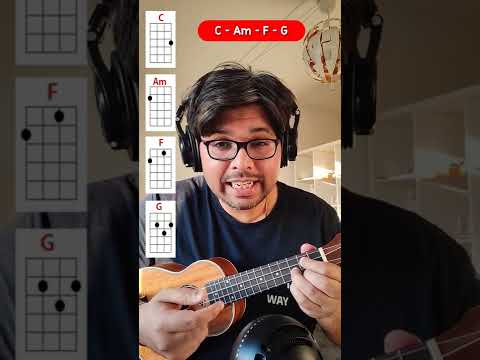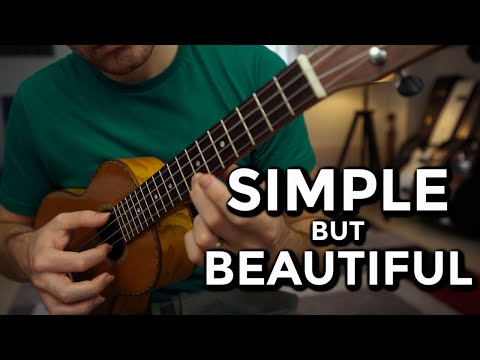Are you interested in learning how to play the ukulele or guitar? One essential skill that every aspiring musician should have is the ability to read TAB (tablature) notation. TAB is a simplified form of sheet music specifically designed for stringed instruments such as the ukulele and guitar. In just two minutes, you can grasp the basics of reading TAB and unlock a whole new world of musical possibilities!
TAB allows you to easily visualize where your fingers should be placed on the instrument’s fretboard, making it an invaluable tool for beginners and advanced players alike. Unlike traditional notation, which requires prior knowledge of musical theory, TAB is incredibly straightforward and does not require any prerequisite knowledge.
To get started, take a look at a typical TAB diagram. You will see six horizontal lines that represent the strings of your instrument from top to bottom. The top line corresponds to the thinnest string (highest pitch), while the bottom line represents the thickest string (lowest pitch). Easy enough, right?
Next, let’s delve into the actual numbers in TAB notation. Each number on a specific line indicates which fret on that string you need to press down. For instance, if you see a “2” written on the third line (middle C string on a ukulele), it means you should press down on the second fret of that respective string.
What about horizontal lines? These lines above or below a sequence of numbers represent different sections or measures in the song or piece you are playing. They help organize the music and make it easier to follow along with.
Let’s put it all together with an example: If you come across a piece with 0-2-3 written on your ukulele’s G string (second E string from top), it means you need to play an open G string (not pressing any frets), followed by the second and third frets successively.
Once you grasp this basic understanding of TAB notation, reading more complex pieces will become second nature. You’ll be able to play your favorite songs and even write your own compositions by following the sequence of numbers on the lines.
As with any new skill, practice is crucial for mastery. Start with simple melodies and chords to get comfortable reading TAB notation. With time, you’ll train your brain to automatically translate those numbers into finger placement on your instrument, enabling you to play more complex pieces effortlessly.
It’s worth noting that while TAB is an excellent resource for learning how to play songs, it doesn’t offer the same level of detail as traditional sheet music. For a more comprehensive understanding of rhythm, timing, and musical dynamics, it’s beneficial to combine TAB with standard notation or take lessons from a qualified music teacher.
In conclusion, learning how to read TAB for ukulele and guitar opens up a world of possibilities for musicians of all levels. In just two minutes, you can grasp the basics of TAB notation and start playing your favorite songs on these beautiful stringed instruments. Remember, practice makes perfect, so grab your instrument and start strumming away!





